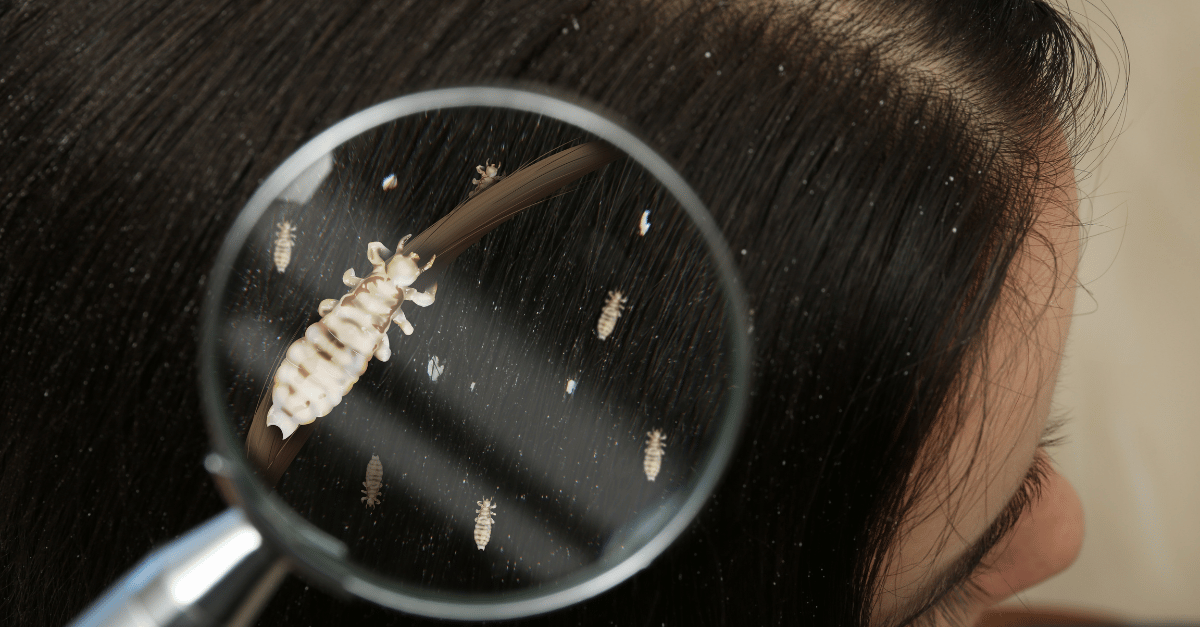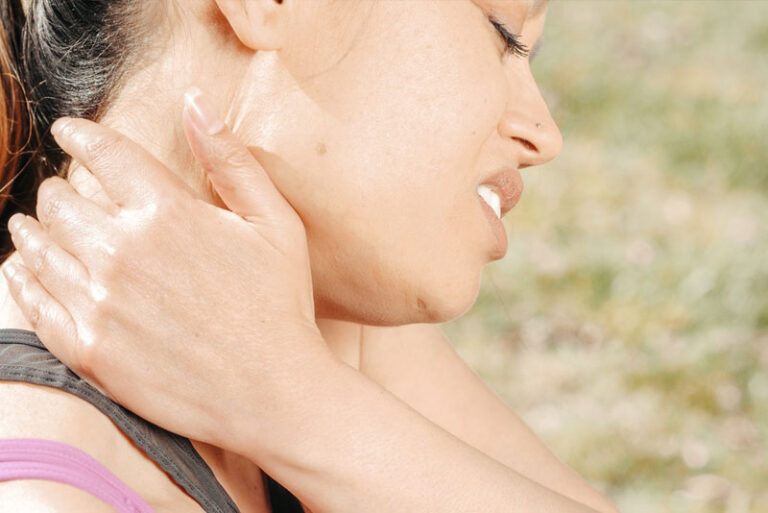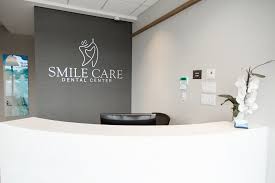What Does Lice Look Like?

Lice are parasitic insects that infest human hair and bodies, causing discomfort and irritation. Identifying these tiny creatures is essential for effective treatment and prevention. Let’s explore what lice look like and gain insights into their characteristics and how to differentiate them from other scalp conditions.
Lice manifest in various types, with head lice, body lice, and pubic lice being the primary categories. They are tiny and wingless insects that thrive by feeding on human blood. The physical appearance of lice varies slightly based on their type but shares certain common features.
Types of Lice
- Head Lice: These primarily infest the scalp, attaching their eggs (nits) to hair shafts.
- Body Lice: Typically found in clothing and bedding, these lice move onto the skin to feed.
- Pubic Lice: They inhabit pubic hair but can also be found in armpits, chest, and even eyebrows.
Physical Appearance of Lice
Lice are minuscule, usually measuring around 2–3 millimeters in length. They have a flattened body structure with six legs equipped with claw-like structures that aid in gripping hair shafts. The color of lice can range from whitish to grayish-brown, often blending with the color of hair or skin.
Their life cycle consists of three stages: egg (nit), nymph, and adult. Nits are tiny oval-shaped structures that cling firmly to hair shafts, whereas nymphs resemble smaller versions of adult lice. Adult lice are the most visible and can move quickly on the scalp or body.
Identifying Lice and Symptoms of Infestation
Recognizing lice involves observing symptoms like persistent itching and visible signs of lice or nits on the scalp, body, or pubic region. It’s crucial to distinguish lice from other conditions like dandruff or debris that can be mistaken for nits.
Visual inspection and using a fine-tooth comb can aid in confirming the presence of lice. Careful examination of hair strands and skin is necessary for accurate identification.
Preventive Measures and Treatment Options
Maintaining personal hygiene, avoiding sharing personal items, and regularly checking for lice are effective preventive measures. Treatments range from over-the-counter remedies to prescribed medications or natural alternatives like oils and combing techniques.
In severe cases or if uncertainty persists, seeking professional guidance from healthcare providers is advisable. Timely intervention can prevent the spread of lice and alleviate discomfort.
Conclusion
Understanding what lice look like is pivotal in identifying and addressing infestations promptly. By recognizing their physical characteristics and following preventive measures, individuals can effectively manage and prevent lice infestations.
FAQs
- Can lice survive on pets? Lice are species-specific and cannot survive on pets. Human lice differ from those found on animals.
- Can lice jump from person to person? Lice do not possess the ability to jump or fly; they spread through direct contact or sharing personal items.
- Can lice infestations lead to serious health problems? While lice infestations can cause irritation, itching, and discomfort, they typically do not lead to severe health issues.
- Are lice more common in children than adults? Lice infestations are prevalent among school-aged children due to close contact in school settings but can occur in individuals of any age.
- Do lice only infest dirty hair? Lice infestations can occur in clean or dirty hair; cleanliness does not entirely prevent infestations.





